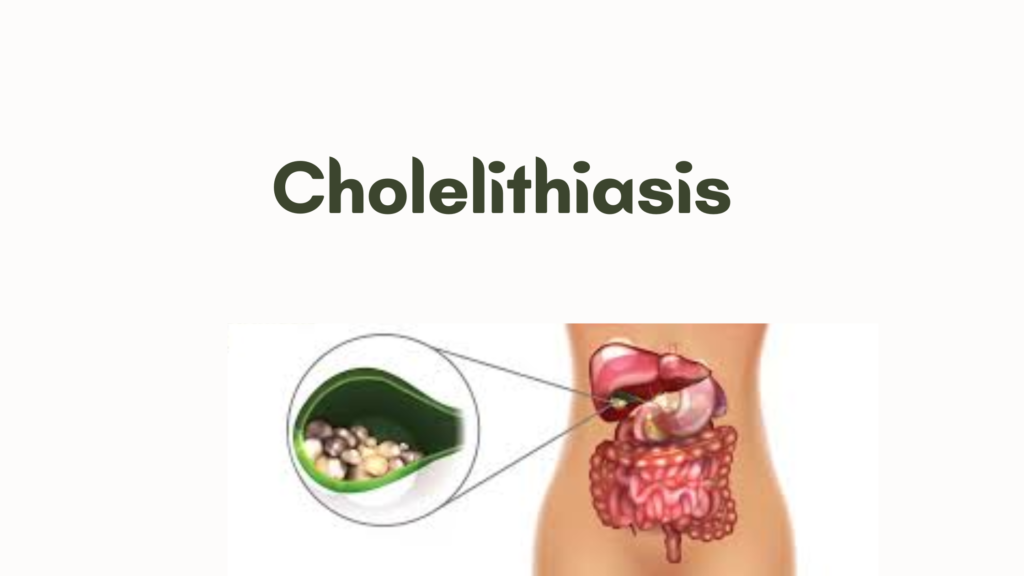Cholelithiasis refers to the presence of gallstones within the gallbladder. Gallstones are solid particles that form from bile components, and they can range from being completely asymptomatic to causing severe complications like gallbladder inflammation or bile duct obstruction.
🧪 Types of Gallstones
- Cholesterol Stones (most common in Western countries)
- Yellow-green in color
- Composed mainly of cholesterol
- Associated with obesity, high-fat diets, rapid weight loss, and certain medications
- Pigment Stones
- Black pigment stones: Associated with hemolysis and liver disease
- Brown pigment stones: Often linked to biliary tract infections or parasitic infestations
⚠️ Risk Factors (Mnemonic: “4 F’s”)
- Female
- Fat (obesity or high cholesterol)
- Fertile (pregnancy, estrogen therapy)
- Forty (age over 40)
Additional:
- Family history
- Diabetes
- Rapid weight loss or fasting
- Native American or Hispanic ethnicity
🩺 Symptoms
Most cases are asymptomatic (“silent stones”).
If symptomatic:
- Biliary colic: Intermittent, severe right upper quadrant pain, especially after fatty meals
- Nausea and vomiting
- Pain radiating to the right shoulder or back
🧫 Complications
- Cholecystitis (gallbladder inflammation)
- Choledocholithiasis (stones in bile ducts)
- Pancreatitis
- Gallstone ileus (rare bowel obstruction from a migrated stone)
🔍 Diagnosis
- Ultrasound: Best initial test – highly sensitive and specific
- CT scan or MRI/MRCP: For complicated or unclear cases
- HIDA scan: Used to assess gallbladder function if cholecystitis is suspected
💊 Treatment
- Asymptomatic: Often no treatment; observation
- Symptomatic:
- Laparoscopic cholecystectomy (surgical removal of the gallbladder) is the gold standard
- ERCP if stones are in the common bile duct
- Medical dissolution therapy (e.g., ursodeoxycholic acid) in select non-surgical patients
